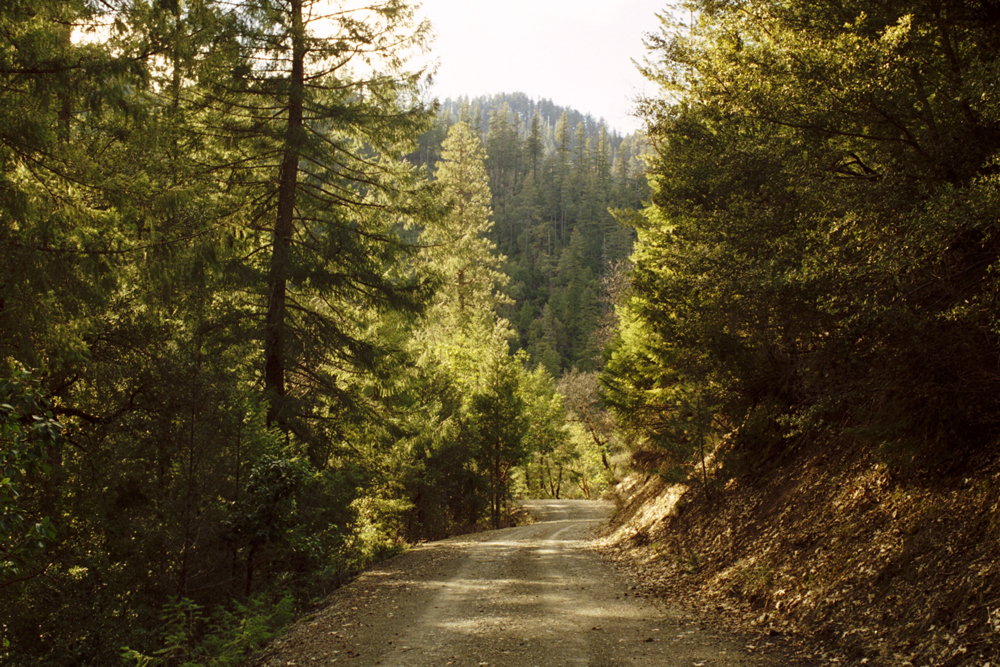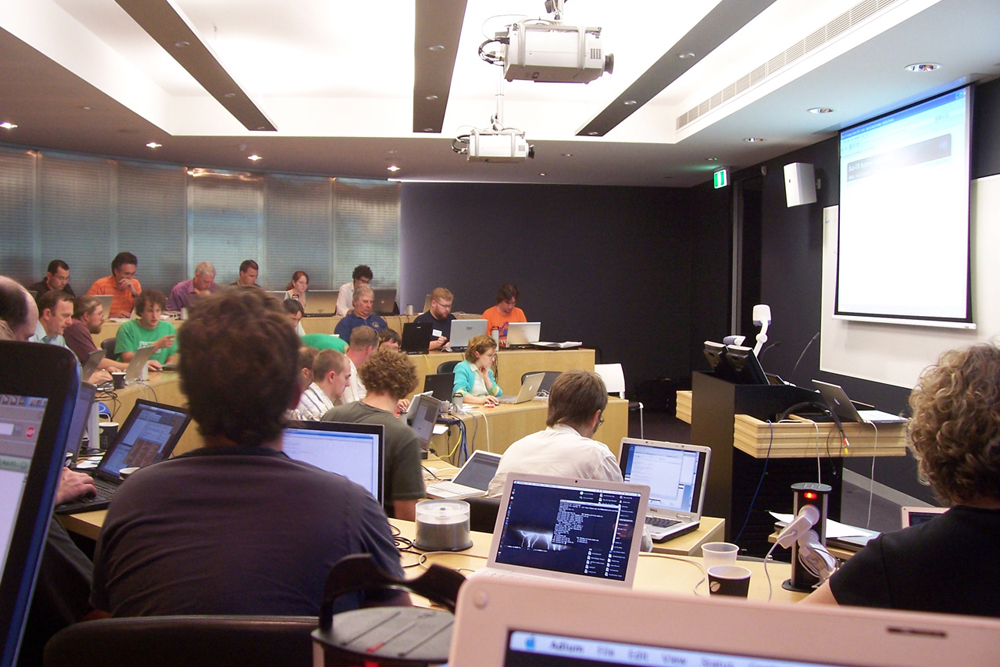Portland State environmental science and management faculty members Robert Scheller and Melissa Lucash received a grant from the National Science Foundation to study the effects of climate change and fire on the Klamath region of Oregon and California.
According to the United States Department of Agriculture Forest Service website, “The Klamath National Forest encompasses nearly 1.7 million acres of land straddling the California and Oregon border.”
The website also said the Klamath National Forest is one of the most biologically diverse regions
in America.
“We focused our grant on that area because it’s this hotspot of [biodiversity], but also because it’s an area where people are worried about climate change and fire,” Lucash said. “There is more frequent fires than there used to be, and they think that that’s driven by this climate change increasing temperatures.”
The study is also working with forest management to understand how to lessen fires in the area.
“We really want this to be more than an academic exercise; we also want it to be impactful and helping managers manage for climate change,” Scheller said.
Scheller said a prominent issue with the frequent fires in the area is the conversion of forests to chaparral, or shrubs. Another aspect of the study will involve working with managers on how they can work to prevent this. One idea is to keep trees farther apart so fires don’t spread as quickly.
With climate change, the group expects more frequent fires. When fires burn the forest, the carbon in the forest will be released.
“The consequences of that would be, of course, reduced [biodiversity], as well as a loss of all that carbon that’s captured in those forests, up to the atmosphere,” Scheller said. “Climate change is causing the forest to convert to chaparral, and when that happens, it’s actually going to make climate change worse.”
The study will also use computer and simulation modeling with climate change to understand the current situation in the area, and to better understand what could happen to the area in the future.
Before being approved, Lucash and Scheller submitted requests for a Smithsonian fellowship, a NASA grant and a NSF grant, all of which were rejected.
“We decided at that point that, well, there’s two pieces of it. One is field work and one is simulation modeling work, and we felt like by the time we had the third rejection, that the problem was not in the simulation modeling part, it was in the field work,” Lucash said. “So, we gave the grant over to Harvard University, Harvard Forest, because they were going to coordinate the field effort, and we gave it to them and said, ‘You submit it, you work on the field piece and you give it a try.’”
PSU is teaming up with other organizations and universities on this project. Harvard Forest and PSU are leading the study and are coordinating with the Smithsonian Institute, the USDA Forest Service and others. Currently, they have begun hiring but have not started any other part of the study. The study will last four years.






